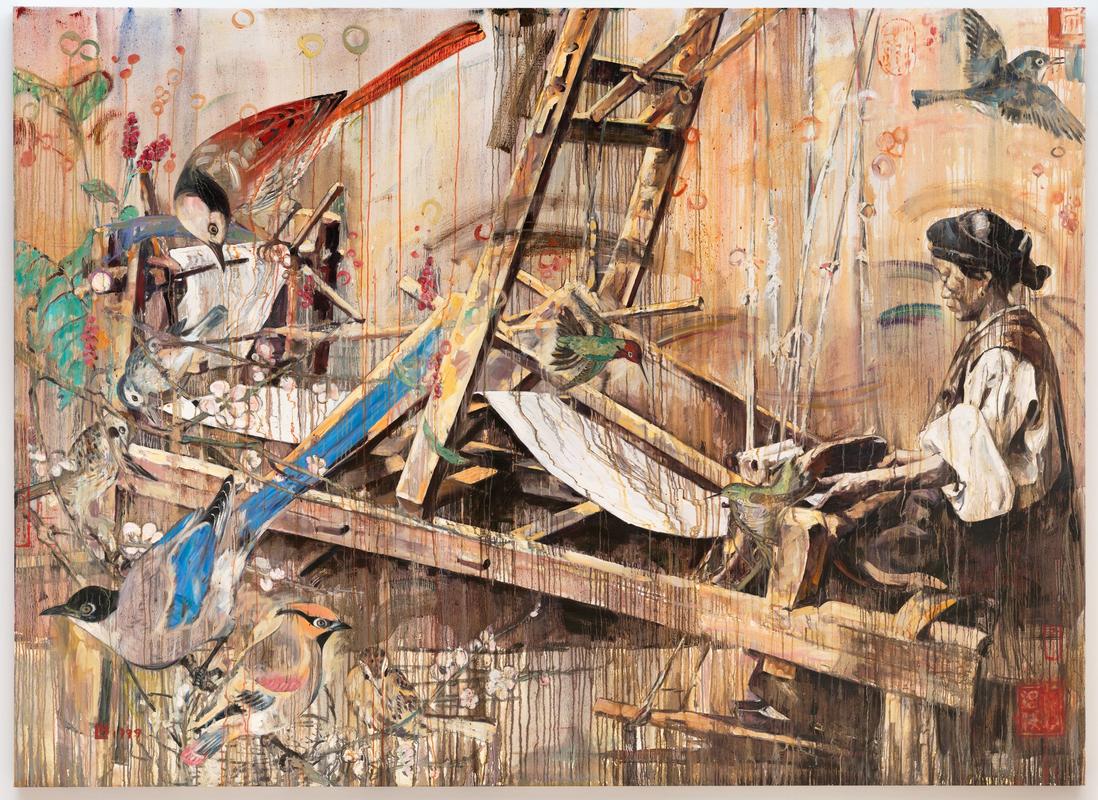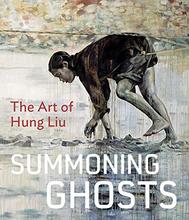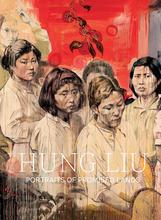More about Loom
- All
- Info
- Shop

Sr. Contributor
When Hung Liu discovered a cache of 19th and 20th-century photographs of pre-revolutionary China, she became fascinated with how photos can have new meaning when taken out of context.
For Loom, which you can find at SF MoMA, the photograph it's based on was originally taken by a foreigner to be sold to armchair tourists in Europe. So Liu switched things up and sought to erase the “otherness" that had been ascribed to the woman in the photo.
Drawn to the woman’s dignity and how she didn’t pose or even meet the photographer's gaze, Liu wished to celebrate her. Much of Liu’s work focuses on those who’ve been considered anonymous or forgotten by history and frames them with a new beauty as her way of honoring them. This piece is part of a series based on historical photographs called Women at Work.
While planning the composition and colors to add, Liu thought about what might come to her mind while she was weaving. She also thought about the joy the woman’s work would bring to others. This led to the colorful array of beautiful birds filling the woman’s workspace, which are based on traditional Chinese painting - specifically Song Dynasty ‘bird and flower’ paintings. The photograph had been taken by John Thomson, a British commercial photographer. So she wove together inspirations from both the East and West, as she remarked in an interview, for this painting.
The drip effects overlaying the piece were done with linseed oil and are a trademark of Liu’s work based on historical photographs. She said she uses it to achieve “the feel of distant memory”. Since the linseed oil is meant to be a blurry addition it also echoes how the past can’t be brought into complete focus.
Sources
- Hill, Angela. "Artist Hung Liu's Work Blurs History, Memory." The Mercury News. August 13, 2016. Accessed July 9, 2021. https://www.mercurynews.com/2013/02/25/artist-hung -lius-work-blurs-history-memory/.
- "Hung Liu: Artist Profile." NMWA. May 29, 2020. Accessed July 9, 2021. https://nmwa.org/art/artists/hung-liu/.
- "Loom." SFMOMA. Accessed July 9, 2021. https://www.sfmoma.org/artwork/99.703/.
- Parazzoli, Grace. "Getting to Know Them: Hung Liu's "Women Who Work"." Santa Fe New Mexican. March 17, 2018. Accessed July 8, 2021. https://www.santafenewmexican.com/ pasatiempo/art/galleries_museums/getting-to-know-them-hung-lius-women-who-work/ar ticl
- "Social Justice Collection." School of Social Work. Accessed July 9, 2021. https://ssw.umich.edu/art/social-justice/women-working-loom.













